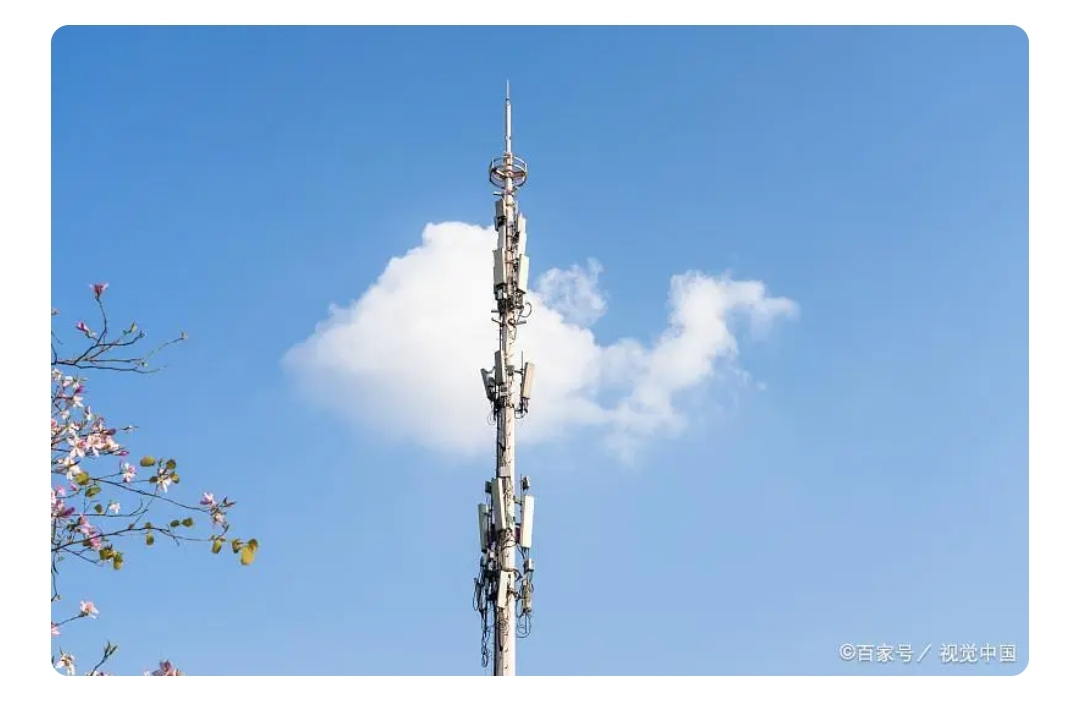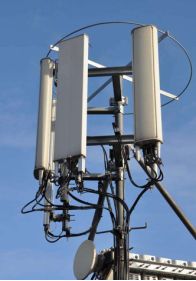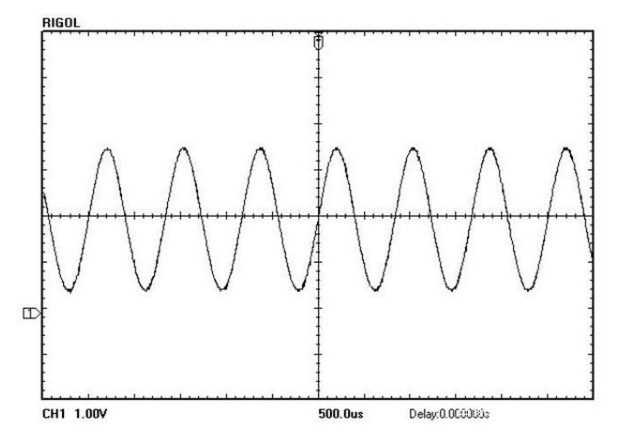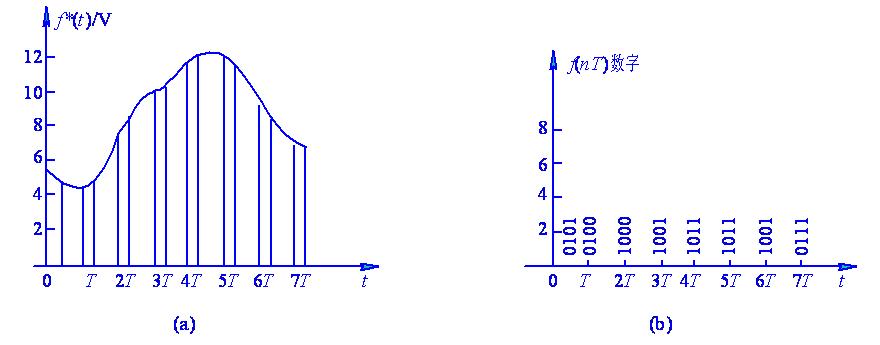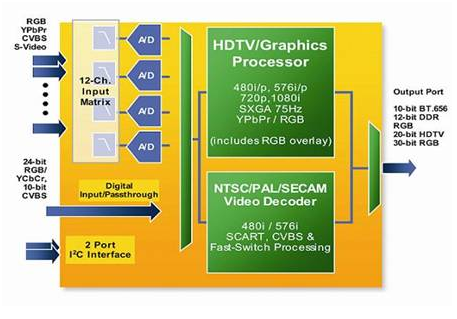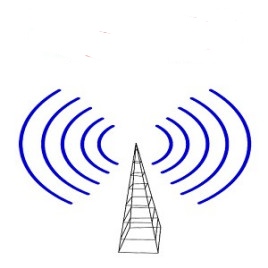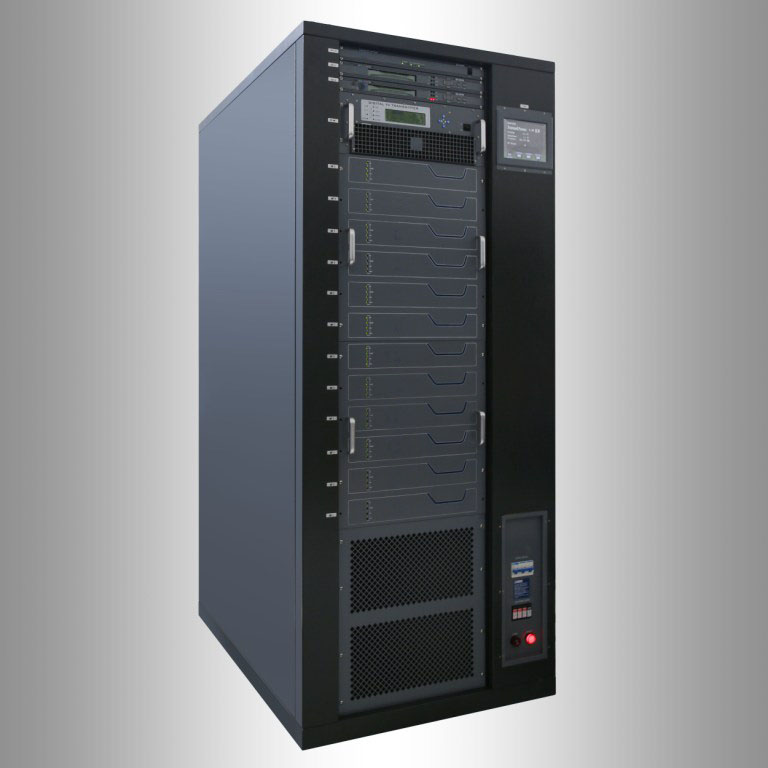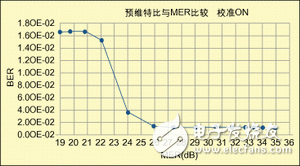HDTV High Definition Digital Television Display Standard
In addition to channel coding and signal transmission technology, HDTV standards have about 18 options for display formats, among which 1080i and 720P are both internationally recognized digital high-definition television standards. Because the original NTSC countries use the 1080i/60Hz format, which is the same as the NTSC analog TV field frequency. However, some original PAL countries such as Europe and China have adopted the 1080i/50Hz mode, and the field frequency is the same as that of PAL analog TV. Among them, 1080 and 720 represent the resolution that can be achieved in the vertical direction; and i represents interlaced scanning, and P represents progressive scanning. Interlaced is like blinds, it is an incomplete image, and progressive is to display a complete picture at a time (as shown in the figure below); progressive scanning includes 1080/24P/25P/30P, interlaced scanning 1080/50i/60i, etc. However, don’t simply think that 1080i is definitely better than 720P. Although 1080i can provide higher pixels (2.07 million), which is much higher than 720P’s 920,000, the picture stability is more advantageous than 720P. The high-definition standard GY/T 155-2000 of six digital TV displays including liquid crystal LCD, plasma PDP, liquid crystal rear projection (LCOS on silicon), liquid crystal front projection, rear projection cathode ray tube, and cathode ray tube was issued on March 31, 2006 Announced by the Ministry of Information Industry and implemented on January 1, 2007. At the same time, a total of 25 items related to the digital TV receiving terminal industry in terms of “”Digital TV receiving equipment terminology” and test methods, interfaces, set-top boxes, and machine-card separation” to be implemented from March 31, 2006 are also announced. recommended standard. It is worth noting that because it is an industry recommended standard, it is not mandatory, and any unit has the right to decide whether to adopt it, and violation of such standards does not constitute economic or legal responsibility. Such recommended standards can only be legally binding if they are accepted and adopted, or the parties agree to include them in economic contracts. And the six digital TV display standards that were delayed and implemented on January 1, 2007 are precisely the standards for digital high-definition TV display terminals, that is, the full name of high-definition digital TV display formats is 1125/50/2:1, which can It is referred to as 1080/50i-16:9, that is, the effective pixel level is 1920×vertical 1080, and the scanning frequency is 50 fields. Advantage.
